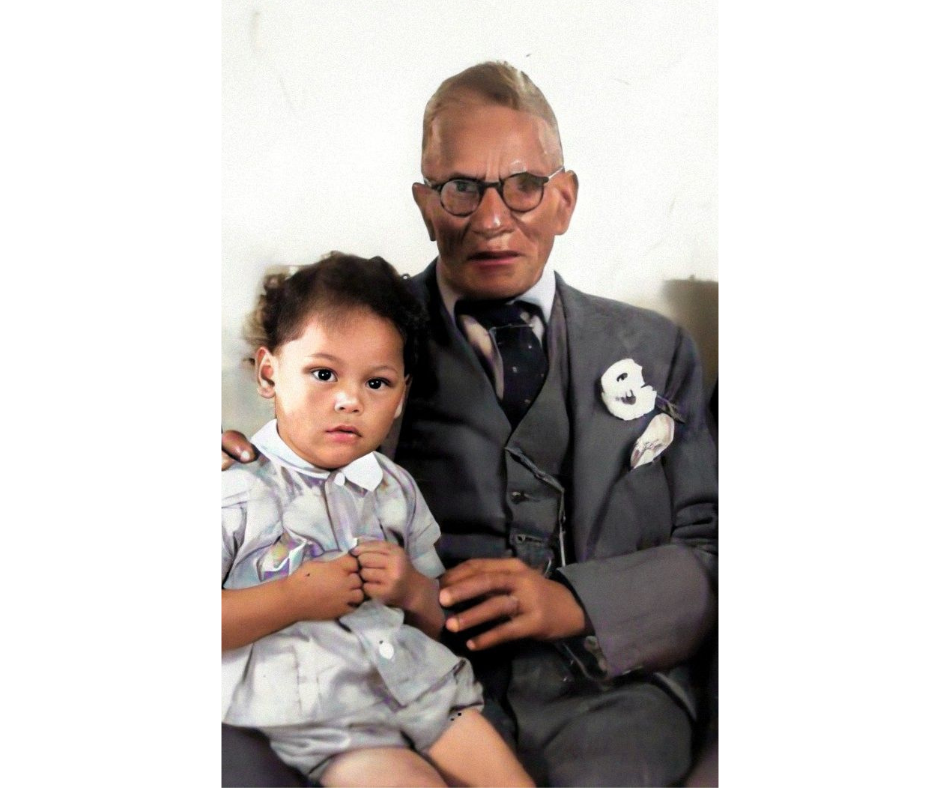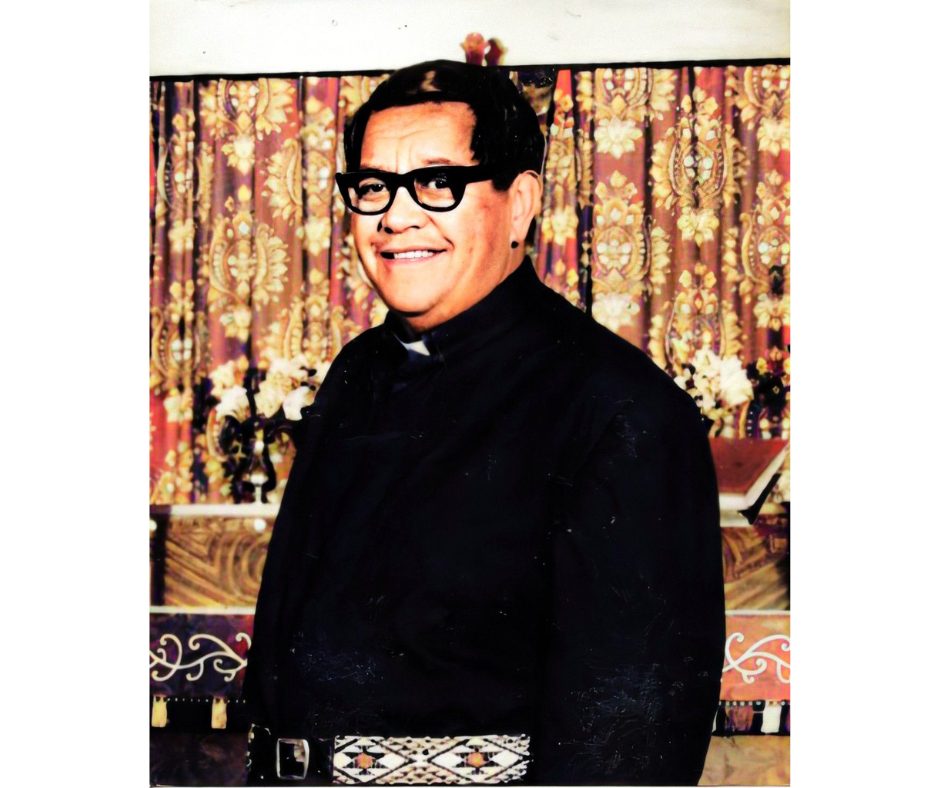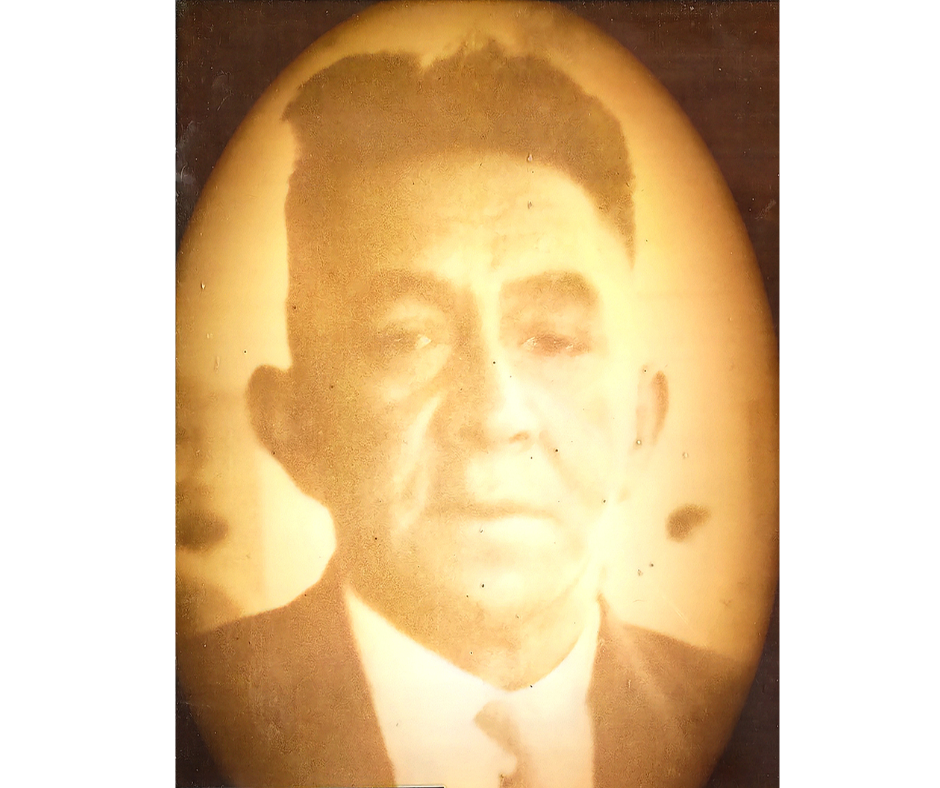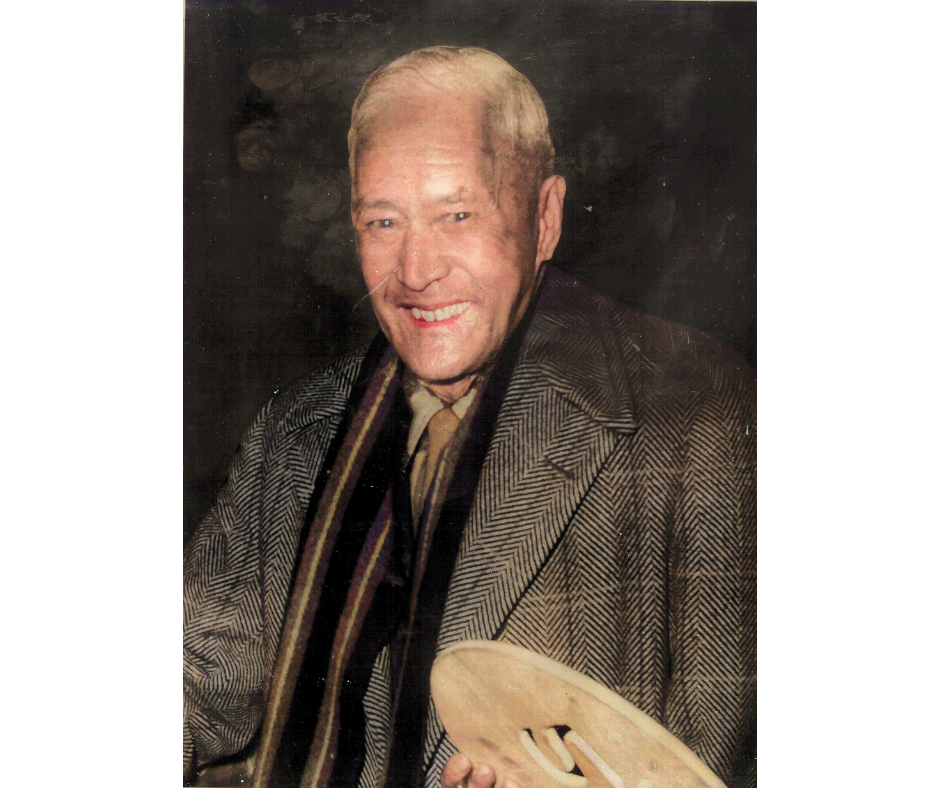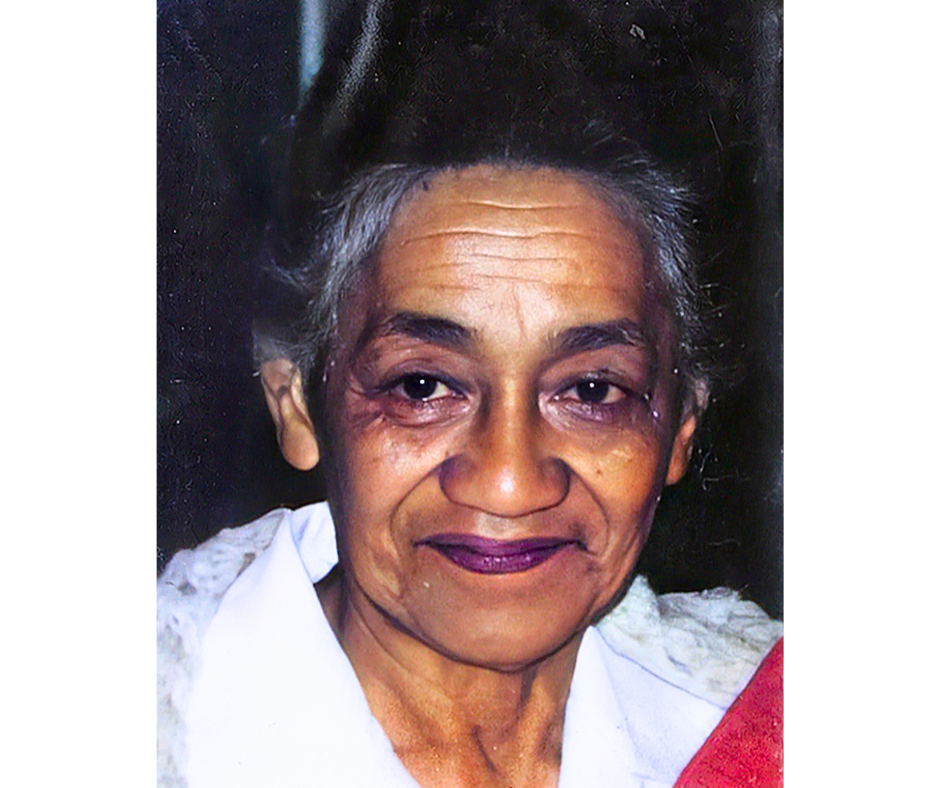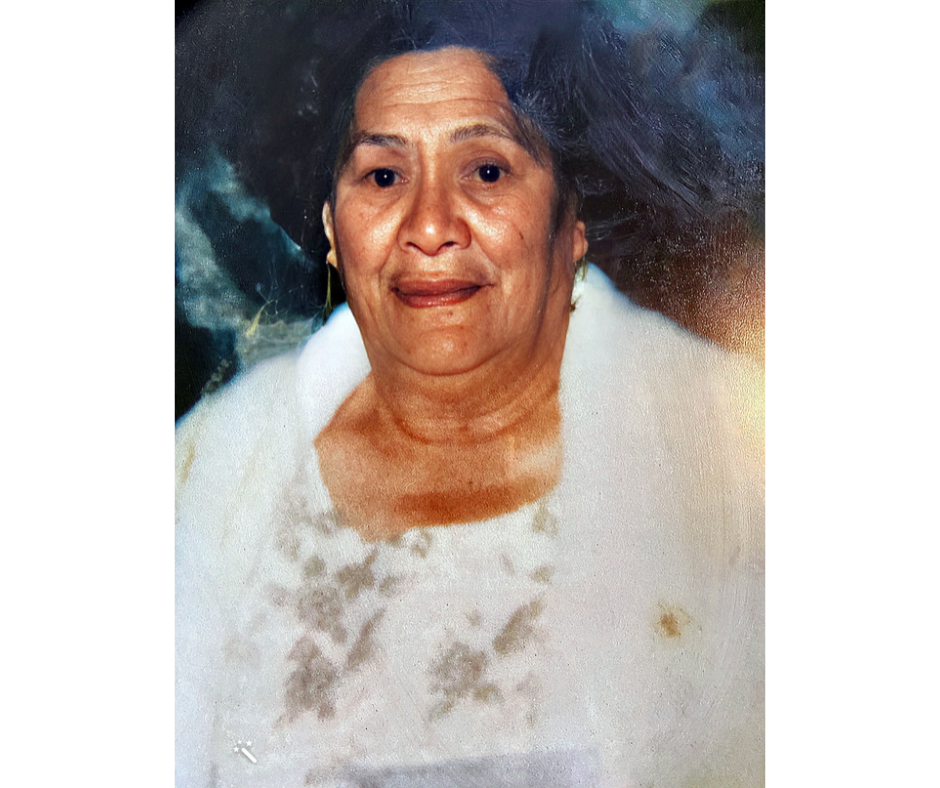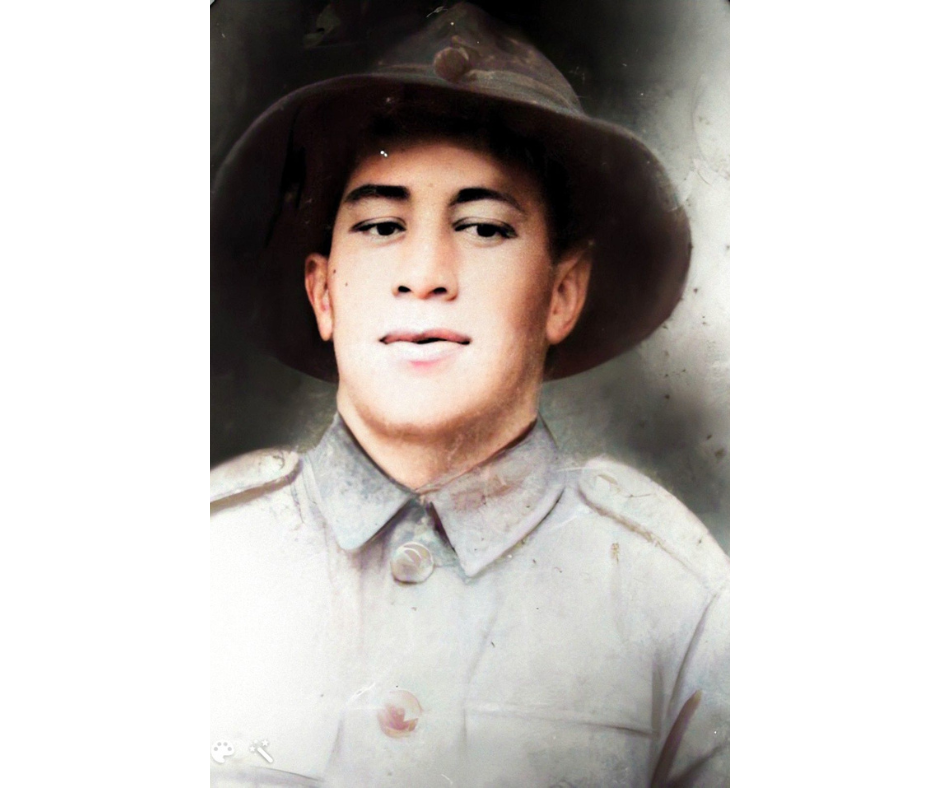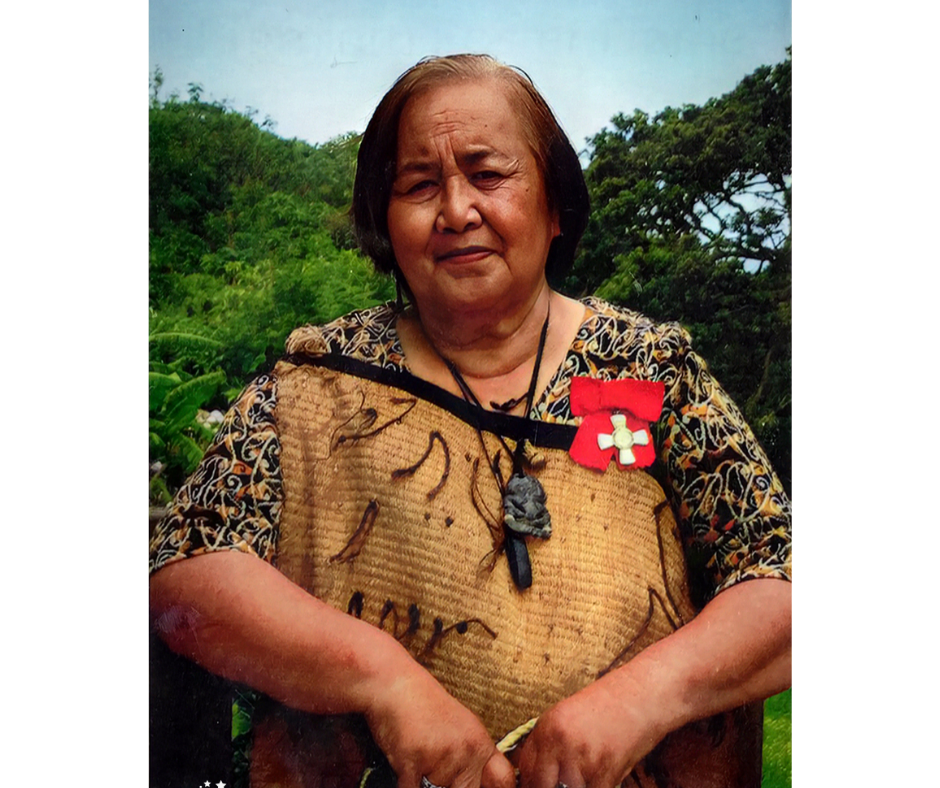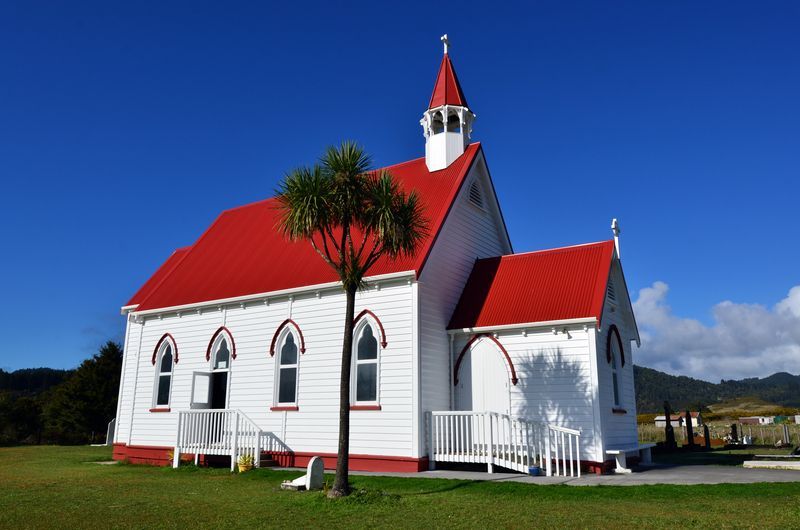Riro whenua atu - hoki whenua mai
A Deed of Gift - recording a gift by Te Hui Amorangi ki Te Tai Tokerau Trust Board to Te Paatu ki Kauhanga Trust Board.
Hapū discussion of the tikanga of gifting and returning land
Te Paatu ki Kauhanga hapū still occupy and endure as descendants of the ancestors, Parata and Kahutianui of Mamaru waka and their many relatives, descending to the grandchildren of the present. Their fires burn hot on the land together with their customary laws handed down by their ancestors.
Our ancestors were delighted at the arrival of the Word of Christ and the Love of God to our land. By that love, arose the motivation in our ancestors to gift land to the missionaries of the Anglican Church so we might stay close, dwell together in nurture, each other on our lands, to have educated our families, tribe, and children in the Sacred Scriptures and the ways of faith in The Lord. In the many years since, the hapū members held fast to the teachings of the Church and many of them chose to walk the path of the Bible, the spiritual life serving as Ministers. From this came the saying; ‘Ōruru is the valley of the priests.’
‘The leaders are at the front, by the workers who support behind the scenes.’ From the time of the construction of the first Church at Peria in 1869 by the hapū, to the (present) Church, St Barnabas which they built in 1912, and in the following century until now, the hapū have worked as guardians of the Church in Peria. The families of the hapū strive together to care for the Church, and to renovate their treasured house of prayer, as they did and had re-dedicated in 2011. In these commemorations we celebrate the relationship of trustees between the Church and the hapū.
In the ancestral customary laws and protocols, land was gifted to true friends and allies of the hapū, as a sheltering home of the guests from afar, so that the tribe and the new friends/allies could reside and prosper together on the ancestral lands.
In the law of tuku whenua/gifting land, when the friend no longer wishes to stay on the land, they properly return the land to the hapū, because the hapū still retain the mana in the land.
Te Paatu ki Kauhanga are pleased that the church has acted in this way, to return the gifted lands to the tribe, to the descendants of those very ancestors who gifted the land in 1869. By these dignifying acts, the connections of respect binding the hapū and the Church are reciprocated and maintained in a wholesome manner. For this, the hapū salutes the church.
The hapū acknowledge the Church for honouring the mana of The Declaration of Independence 1835 and the Treaty of Waitangi 1840 in following the visions of shared prosperity of our ancestors who attached their mana to those initiatives for all the descendants of Aotearoa.
A historical context
When the Pākehā arrived in Northland they bought with them Christianity which resulted in the colonisation of our hapū and whānau. This had a huge impact on the hapū and whānau in the Ōruru Valley and the Ngāti Kahu iwi in the early 1800s.
Our hapū and whānau were affected by the Church Missionary Society concepts developed by John Venn (member of the Church Mission Society in England) his son Henry Venn and others. Church Missionary Society concepts:
- Free the slaves – There were races around the world in places like India where people were taken as slaves, so one objective of the Church Missionary Society was to make sure that this did not happen.
- Education – They thought that by educating indigenous people it would help them to understand ‘their way of life.’
- To set a commercial base in the areas where the Church Missionary Society were developing – including the acquisition of land.
The missionaries indoctrinated our hapū and whānau and changed place names from Māori to biblical names. For example, Pēria our kainga in Ōruru is a biblical name, a transliteration for Beria - a place related to St Paul’s mission in Asia Minor and was given to the area by Joseph Mathews. The area named Kohumaru was replaced with the name Kenana (Canaan), while one of the places that Nopera Panakareao resided was given the biblical name Pāmapuria (Pāmphylia). The changing of our place names impacted our hapū and whānau.
The missionaries also changed our tūpuna names to names associated with the Church Missionary Society. For example, our tūpuna Reihana Kiriwi was given his name by Joseph Mathews which is Richard Greaves in English. The name Richard Greaves belonged to Joseph Mathew’s brother-in law. Reihana Kiriwi was one of our tūpuna educated by the missionaries and signed land documents under this name, not under his tūpuna name Te Morenui.
When another of our tūpuna became Christian he took the name Matiu Tauhara. In our whakapapa his name was Kaitoa and is a very powerful tūpuna name. Our whanaunga Kohikiko when becoming a Christian took the name Wīremu Pikaahu. The changing of our tūpuna names had a substantial impact on our hapū and whānau spirituality and our beliefs.
Matenga Pāerata was one of the first to sign He Whakaputanga and was born in 1795. Like Nōpera Pānakareao he was an educated missionary and Christianised. Matenga Pāerata’s descendants became prolific leaders within the Anglican Church. It is said that Matenga Pāerata had approximately seven wives.
Taonga such as whakairo were desecrated and destroyed as part of the indoctrination of Christianity. Carvings in the Ōruru Valley were seen by the missionaries as ‘idols of worship’ and were burnt. This is supported by findings from archaeologists who have found carvings that have been burnt within the Ōruru Valley. Carvings continue to surface in the Ōruru Valley today.
Christianity had a negative impact on our hapū, whānau and iwi. It impacted immensely on ‘Te reo me ona tīkanga’, our tūpuna names, our place names, our history, our spirituality and our Ngātikahutanga. The other grave impact that colonisation had on our hapū and whānau was the Pākehā acquisition of land in the Ōruru Valley.
This began with the early land acquisitions by the missionaries, pre-Whakaputanga and pre-Treaty of Waitangi (pre-Tiriti o Waitangi) and were subsequently addressed in the early land claims.
The church made land transactions and some missionaries made personal land transactions within the Ōruru Valley. There were instances of both types of transactions which went against the wishes of our hapū, the tāngata whenua. Other instances of land transactions were the rapid purchasing of land by other Pākehā.
This began the process of our hapū and whānau being landless. The ‘Waiata mō Te Mātenga’ sung by Wi Titore makes references to the missionaries and their land acquisition. The unlawfulness of many of the land transactions has been commented on by the Waitangi Tribunal in the WAI 45 Muriwhenua Land Report 1997. An example of unlawfulness is the acquisition of about 20,000 acres in the Ōruru Valley by Dr Ford in 1839.
The early purchasing of Ōruru Valley lands created great conflict amongst our people. There was conflict between Nopera Panakareao and Pororua Wharekauri over mana whenua. This was created by the Church Missionary Society who asked Nopera Panakareao and Pororua Wharekauri “who had mana to sell land”? The missionaries fuelled a dispute between both Nopera Panakareao and Pororua Wharekauri. People would say “Nopera Panakareao had mana to do that” and others would say “No, Pororua Wharekauri had mana to do that.” No matter what, the missionaries did not try to rectify the disagreements.
[Source: the late Rev. Pereniki Tauhara of Te Paatu ki Kauhanga, extract from his WAI 1842 Brief of Evidence to the WAI 45 Waitangi Tribunal Inquiry, referenced from Waitangi Tribunal, Wai 45 Record of Inquiry, #R63, 24 August 2012]



